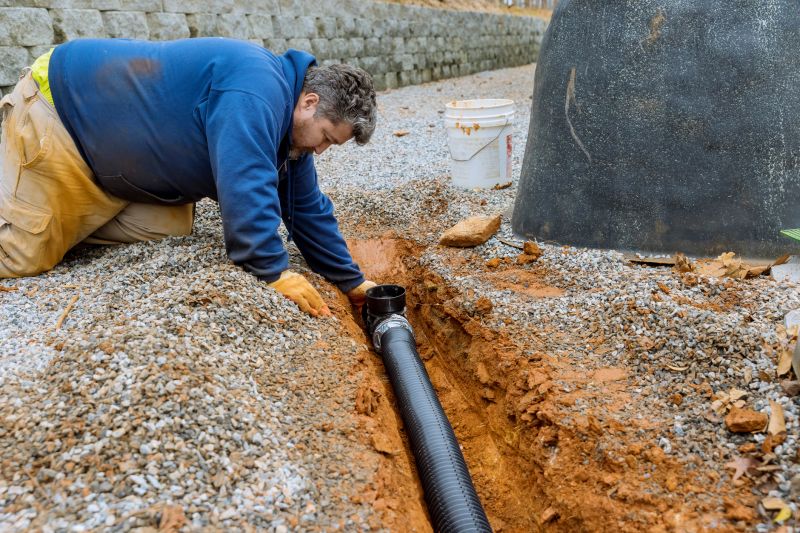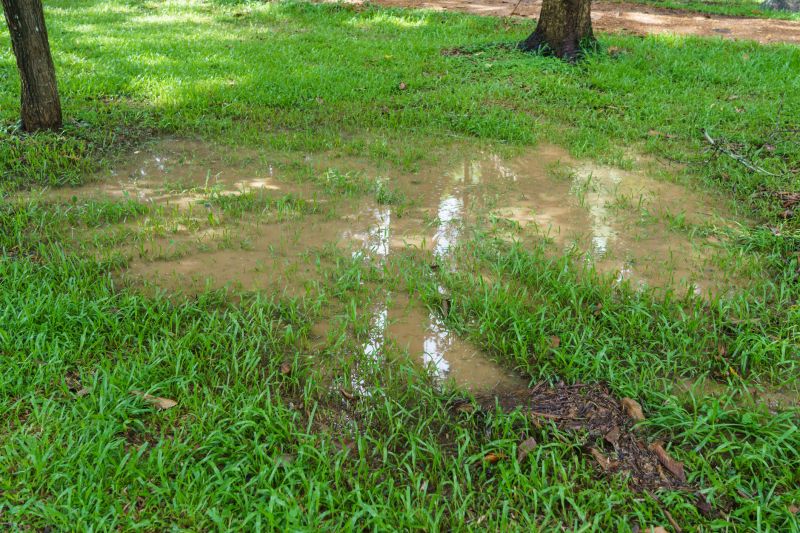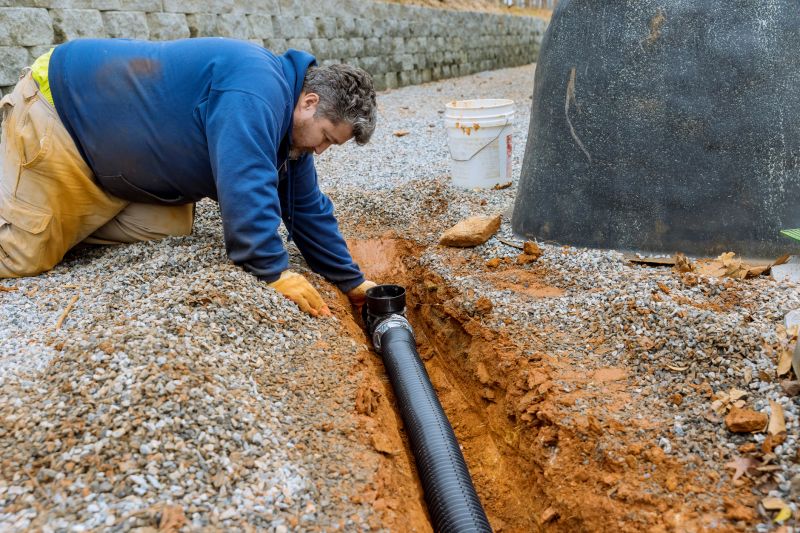Optimal Timing for Drainage Services
Proper timing for drainage service is essential to ensure effective water management and prevent property damage. Seasonal considerations, weather patterns, and local climate influence the optimal periods for maintenance and inspection. Understanding these factors helps in scheduling drainage services to maintain proper flow and avoid costly repairs.
Spring is ideal for drainage service as it prepares drainage systems for increased rainfall and snowmelt. Regular inspections can identify blockages or damage caused by winter conditions.
Conducting drainage service before winter helps prevent ice buildup and ice dam formation, which can cause backups and water damage during freezing temperatures.
After heavy storms, drainage systems should be inspected to clear debris and ensure proper functioning for upcoming weather conditions.
Summer is a good time for thorough drainage system checks, especially in areas prone to drought or dry spells that can cause soil shifts and blockages.

Drainage system being inspected during springtime.

Clearing debris from drainage pipes before winter.

Inspecting drainage after heavy rainfall.

Routine drainage system maintenance in summer.
| Season | Recommended Drainage Service Activities |
|---|---|
| Spring | Inspect and clear debris, check for damage, prepare for increased water flow. |
| Pre-Winter | Flush out systems, remove blockages, and ensure proper drainage before cold weather. |
| Post-Heavy Rain | Assess for clogs, repair damages, and ensure free flow after storms. |
| Summer | Perform routine checks, clear minor blockages, and maintain system integrity. |
| Fall | Remove leaves, clear gutters, and prepare systems for winter conditions. |
Drainage services are crucial for maintaining the integrity of a property’s water management system. Properly timed maintenance can prevent water accumulation, soil erosion, and structural damage. Regular inspections and cleaning ensure that drainage pathways remain clear and functional, especially during seasons with heavy rainfall or snowmelt. Statistics indicate that proactive drainage maintenance can reduce repair costs by up to 30 percent and extend the lifespan of drainage infrastructure.
Effective drainage management involves understanding seasonal variations and weather patterns. Scheduling services during the recommended periods ensures systems operate efficiently and reduces the likelihood of water-related issues. Proper timing also minimizes disruptions and maximizes the lifespan of drainage components.

Technicians performing drainage system checks.

Stormwater being directed away from property.

Removing debris from gutters to prevent blockages.

Repairing damaged drainage pipes.
Interested property owners can contact for drainage service to ensure systems are prepared for upcoming seasons. Proper timing and regular maintenance contribute to effective water flow management and help prevent costly damages.

